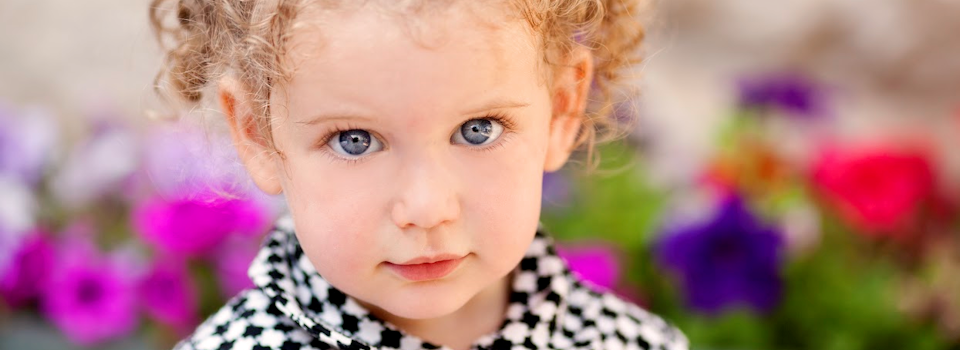Childhood myopia or nearsightedness is a common condition that causes blurred distance vision and can usually be easily corrected with either glasses or contact lenses. Unfortunately, simply getting a pair of glasses doesn’t always solve the problem, because often myopia is progressive which means that every year the vision gets worse. This usually continues until sometime around the child’s 20th birthday when his eyes stop growing and eyesight levels off.
It can be worrisome and quite disconcerting for both the parent and the child when each visit to the eye doctor results in a higher prescription. There could be a number of factors involved in progressive myopia, involving hereditary factors as well as possible environmental or behavioral factor such as frequent close-up tasks such as reading or using an electronic device. In fact, studies show that children that spend more time outdoors playing have a lower incidence of myopia. Much research is currently being done into treatments for slowing or stopping myopia progression in children. Here are some of the treatment options currently being offered:
Orthokeratology (Ortho-k)
Ortho-k is a process that uses specially designed rigid gas permeable contact lenses worn at night to gently reshape the cornea, eventually allowing clear vision during the day. The lenses are worn every night or every couple of nights depending on the results of the individual. Ideal for mild to moderate myopia, ortho-k usually takes a few weeks to show results, during which time the patient may need to temporarily continue wearing glasses or contact lenses.
Studies show that the use of ortho-k can permanently reduce the progressive lengthening of the cornea which is responsible for nearsightedness and can therefore slow or stop the childhood progression of the condition. Therefore, in addition to being used for myopia correction, it is now also being offered as a therapeutic treatment to halt myopia progression in children.
Multifocal Eyeglasses or Contact Lenses
Bifocal or multifocal soft contact lenses or glasses have been shown in some studies to slow myopia progression. This therapy is based on the idea that the eye is strained from accommodating to see close up and that by providing multiple focusing powers, this allows the eye to relax when doing near work, which reduces the progression of the refractive error. This treatment has been shown to delay or slow the advancement of myopia in some children.
Atropine Drops
Treatment with atropine drops is another therapy that is used to relax the eye from “focusing fatigue” which may be a culprit in myopia progression. Research is still being done but some studies show that daily use of low doses of atropine drops do slow the progression of myopia. Atropine drops dilate the pupil which temporarily prevents the eye from being able to focus, thereby allowing this mechanism to relax. Research is still being done to determine dosages, but the results are promising.
If your child has progressive myopia, seek out a pediatric optometrist who is knowledgeable about the options available. Finding the right treatment could give your child the gift of better eyesight for life.



